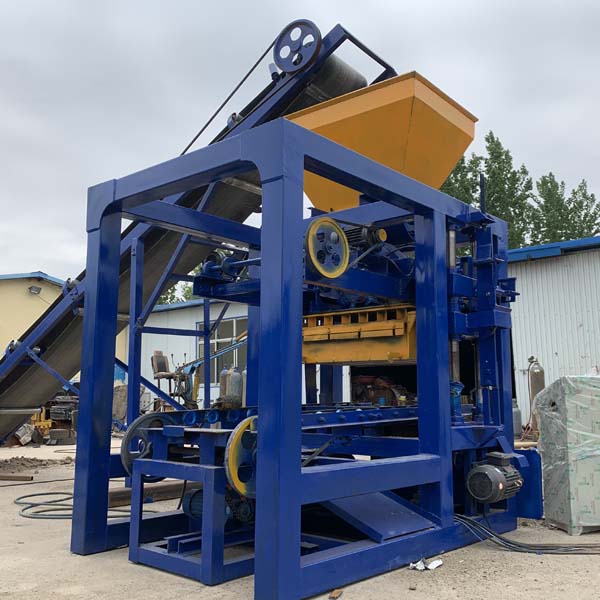
In an age marked by environmental awareness and a pressing need to combat climate change, the construction industry is undergoing a profound transformation.
As the demand for sustainable practices grows, the integration of eco-friendly technologies is becoming a paramount consideration.
One such innovation taking center stage is the eco-friendly block making machine.
This essay explores the role of this machine in revolutionizing construction practices by offering a more sustainable approach to building materials and processes.
Through its use of recycled materials, reduced carbon footprint, and contribution to greener buildings, the eco-friendly block making machine is paving the way for a more environmentally conscious future.
The Imperative of Sustainable Construction
The traditional construction industry has long been associated with resource-intensive practices that contribute to pollution, deforestation, and greenhouse gas emissions.
The urgency to address these challenges has led to a global push for sustainable construction methods.
The eco-friendly block making machine emerges as a key player in this movement by offering an innovative approach to building materials and production processes that align with environmental goals.
Unveiling the Eco-Friendly Block Making Machine
At the heart of this transformation lies the eco-friendly block making machine—an innovation that marries technological advancement with environmental responsibility.
Unlike conventional block-making processes that rely on energy-intensive methods and raw materials, these machines employ recycled aggregates and supplementary cementitious materials.
Through this integration of sustainable materials, they drastically reduce the need for virgin resources and lower the overall environmental impact of construction.
Using Recycled Aggregates: A Green Revolution
The utilization of recycled aggregates represents a significant leap towards greener construction practices.
Conventional building materials often require the extraction of natural resources, contributing to habitat destruction and depletion of finite resources.
The eco-friendly block making machine circumvents these concerns by using recycled materials such as crushed concrete, fly ash, and other reclaimed components.
By repurposing materials that would otherwise end up in landfills, these machines minimize waste and curb the demand for new resources. This shift towards recycled aggregates not only conserves natural landscapes but also reduces the energy needed for material extraction and processing.
As a result, buildings constructed using blocks produced by these machines carry a smaller environmental footprint from the very foundation.
Reducing the Carbon Footprint of Construction
The carbon footprint of construction has been a persistent concern, given the energy-intensive nature of traditional methods.
The eco-friendly block making machine addresses this challenge by reducing the carbon footprint associated with block production.
The use of recycled materials inherently requires less energy than the extraction and processing of virgin resources.
Additionally, the manufacturing process itself is optimized for energy efficiency.
Furthermore, these machines often incorporate innovative curing methods that consume less energy compared to conventional curing processes.
This holistic approach to energy reduction not only benefits the environment but also contributes to cost savings—a win-win scenario for both the construction industry and the planet.
Promoting Greener Buildings
Beyond the immediate benefits of sustainable block production, the eco-friendly block making machine contributes to the creation of greener buildings.
Structures built using blocks produced by these machines inherently possess enhanced sustainability features.
These blocks offer superior thermal insulation and moisture control, reducing the energy demands of buildings for heating, cooling, and ventilation.
Moreover, the adaptability of these machines to modular construction techniques complements the goal of creating greener buildings.
Modular construction minimizes construction waste, as components are precisely manufactured off-site and assembled with minimal on-site disruption.
This approach aligns with the principles of resource efficiency and reduces the overall environmental impact of construction projects.
Conclusion: Paving the Path to a Greener Future
The eco-friendly block making machine stands as a testament to the potential of innovation in addressing the environmental challenges posed by the construction industry.
By utilizing recycled materials, reducing carbon emissions, and contributing to the creation of greener buildings, these machines are instrumental in elevating sustainable construction practices.
As the global commitment to sustainability intensifies, the role of the eco-friendly block making machine becomes increasingly critical.
Its impact extends beyond the construction site—it resonates with the communities it serves and the planet it helps protect.
As more stakeholders in the construction industry embrace these machines, we move closer to a future where the built environment stands as a testament to human ingenuity, responsible practices, and a determination to pave the way for a greener and more sustainable world.
